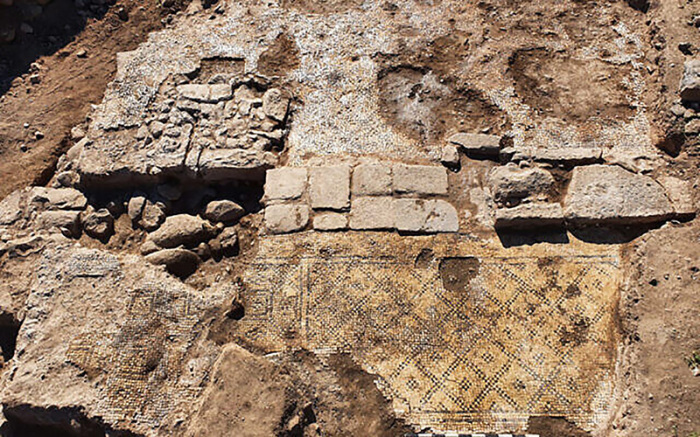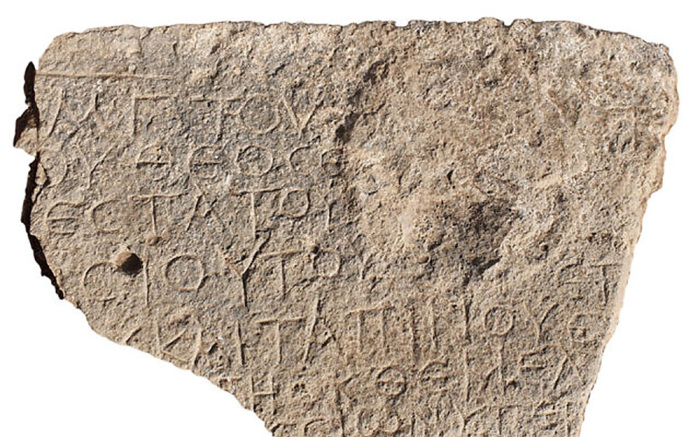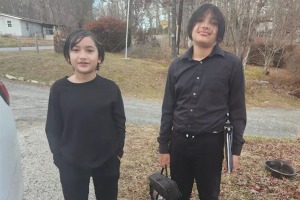'Christ born of Mary' inscription uncovered in ancient church in Israel

Archaeologists have discovered an Ancient Greek inscription bearing the phrase “Christ, born of Mary” in northern Israel — the first evidence of an early Christian settlement from 1,500 years ago in Taibe, located in the Jezreel Valley.
The Israel Antiquities Authority announced Wednesday that archaeologists discovered the inscription on a wall of a late-Byzantine era structure during excavations in Taibe. According to researchers, the inscription had originally been laid at the entryway of a previously unknown fifth century church.
The phrase “Christ born of Mary” was often used at the beginning of documents or other forms of text, serving as a blessing and protection from evil.
“As a blessing, the inscription must have originally stood at the entrance of the church, where people could see it,” Antiquities Authority archaeologist Yardenna Alexandre said, according to Aleteia. “However, it was now found incorporated in the walls, therefore we know that the stone was reused as construction material. Likely the building collapsed and was rebuilt.”
The ruins of a Crusader-period church were previously discovered at Taibe, a Christian village in the Byzantine period that was later rebuilt into a Christian fortress during Crusader times. However, before the discovery of the inscription, there had been no evidence of a Christian presence from the earlier Byzantine era, said Israel Antiquities Authority archaeologist Walid Atrash.
“The importance of the inscription is that until now we didn’t know for certain that there were churches from this period in this area,” Atrash told the Times of Israel.
“There are many signs of ancient Christian life in the region — the Jezreel Valley — but this is the first evidence of the Byzantine Church’s existence in the village of Taiba,” he told the Jerusalem Post.

Still, the discovery that there was a Byzantine-era church built in the area is “unsurprising,” said Atrash, adding that the new inscription has “closed the circle, and now we know there were Christians in this area during this era.”
The complete inscription reads: “Christ born of Mary. This work of the most God-fearing and pious bishop [Theodo]sius and the miserable Th[omas] was built from the foundation. Whoever enters should pray for them.”
“The inscription greets those who enter and blesses them. It is therefore clear that the building is a church, and not a monastery,” Leah Di Segni, researcher at the Institute of Archaeology of the Hebrew University of Jerusalem, said in a press release. She said that churches, unlike monasteries in those times, greeted visitors at the entrance.
Atrash told the Times that Theodosius, one of the first bishops of Christianity, encouraged the construction of churches in his region. The mention of his name, he said, points to a financial donation from his seat in Beit She’an, the center of the religious life and the capital of Palaestina Secunda, a Byzantine province from 390 CE until the Muslim invasion of circa 636 CE.
There is a large blank circular area on the stone where a large cross once was engraved, Atrash said, adding he believes the cross was intentionally destroyed — by Christians or Jews who lived in the area — prior to the stone’s recycled use in the wall of the later building.
In July, remains from a 1,300-year-old church were discovered at a village called Kfar Kama, located near Mount Tabor — the location believed to be where the transfiguration took place.





























